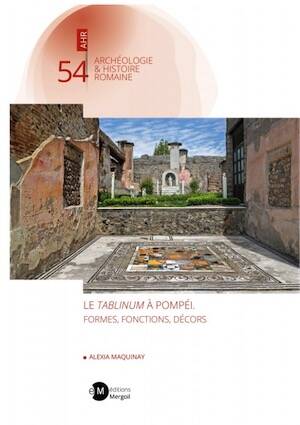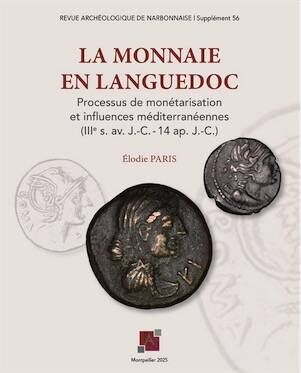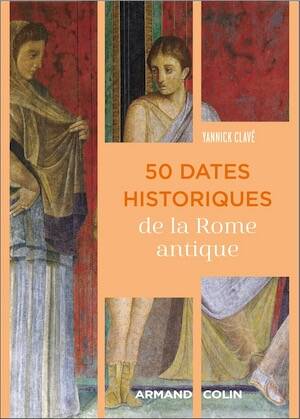- Recherche
- Recherche avancée
The tomb of Caecilia Metella : tumulus, tropaeum and thymele, 2002, 200 p., br. -
The present thesis constitutes a close study of a single architectural monument, the tomb of Caecilia Metella. This is a well-preserved cylindrical tomb situated on the Via Appia outside Rome, and it is generally associated with sepulchral buildings of the traditional tumulus type. An inscription reveals that the occupant of the grave was a noble woman belonging to one of the most prestigious families in late Republican Rome. The principal aim of the study is to understand the ideas and intentions behind the design and layout of the building in question, with a particular focus on the role of the commissioner. As an initiatory step the remaining structure was subjected to a close investigation, including three-dimensional documentation and computer modelling, whereby the presence of a number of architectural oddities could be established. The unique internal layout of the tomb in particular demonstrates the complexity of the building program and indicates the use of spatial concepts usually not found in Roman sepulchral architecture. In order to facilitate the interpretation of these traits comparative architectural material is presented, as well as sources of other kinds (a limited chronology of punctuation marks was constructed), but the monument itself remains at the centre of the investigation. Through a series of analyses (formal, typological, spatial and historical) of different aspects of the building, a possible explanation for the exact meaning and significance of both the external and internal layout is arrived at, and the monument is set against the background of its historical context. The dissertation concludes that the commissioner of the tomb most likely was the son of Caecilia Metella, Marcus Licinius Crassus (cos. 30 BC), and that the sepulchre was probably erected between 30 and 20 BC. Furthermore, it outlines how the tomb was deliberately used by the commissioner for his own propagandistic purposes. Thus, the monument acted as a tropaeum of the military achievements of Crassus and his ancestors. This circumstance hints at the Roman practice of combining several, partly interrelated, spectacles (e.g. funeral games and triumphal celebrations) in order to obtain a greater effect. It is also suggested that the internal arrangement can be recognised as an architectural manifestation of a religious spatial concept – the entrance to the netherworld. Although this phenomenon originally belonged to a purely mythological imagery, the architect was able to draw on various associated concepts in order to create a physical representation of the motif. The occurrence of this representation within a sepulchral building is best explained as mirroring the personal religious affiliations of the deceased and/or the commissioner. Apart from demonstrating the close connection between a single individual and certain divinities, it may have served as a focal point for continuous cultic activities of a private character. Lacking other significant parallels the installation may tentatively be labelled as a thymele. The tomb of Caecilia Metella provides a remarkable example of the transition within Roman architecture from the late Republican to the early Imperial period, and the formation of a new architectural language.
Référence : 25681.
Anglais
61,00 €
Dans la même époque
Nouveauté

46,00 €
Nouveauté

La Monnaie en Languedoc. Processus de monétarisation et influences Méditerranéennes (IIIe S. av. J.-C. 14 ap. J.-C.), (56e Supplément RAN), 2025, 328 ...
Réf : 57829.
Français
40,00 €
Nouveauté

22,00 €

